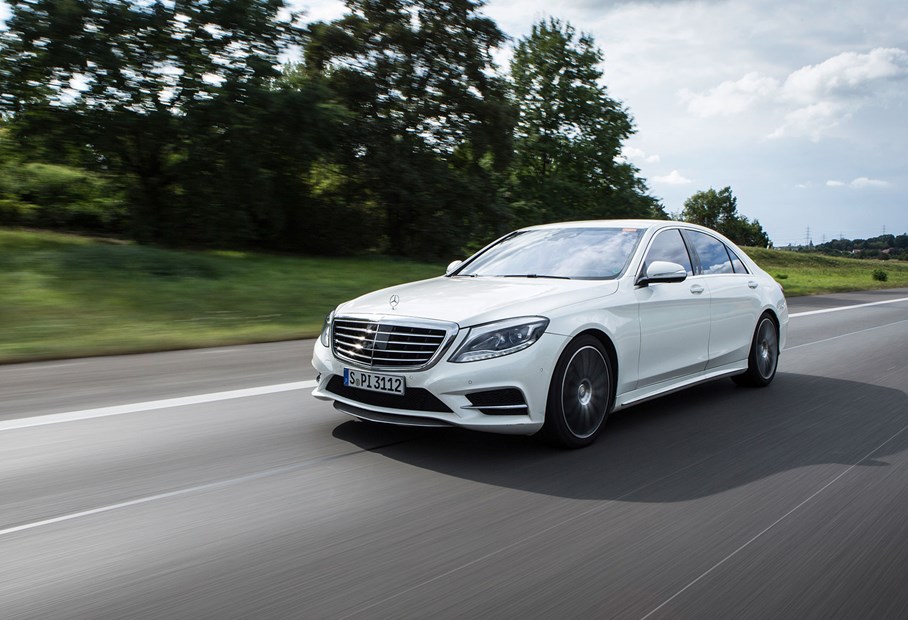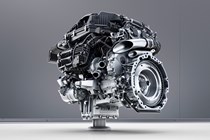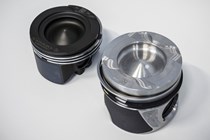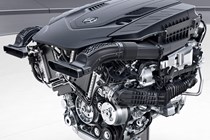Mercedes-Benz has announced a new generation of exhaust-strangling, fuel-sipping engines that will eventually power most of its car range.
The new family of inline six-cylinder petrol and diesel, V8 petrol and a four-cylinder petrol are bound to appeal to company car drivers keen to trim their emissions and tax bills.
The motors are technically complex and therefore won’t be cheap – one reason why they debut in the range-topping S-Class range, due to be facelifted in 2017.
As with other technologies, like ABS anti-lock brakes or ESC stability control, as production numbers rise manufacturing costs should shrink – so we expect the new engines to cascade across most of Merc’s range by the next decade.
Inside Merc’s new engine family
Both petrol and diesel 3.0-litre six-cylinder engines and the new 2.0-litre four-cylinder share the same 500cc cylinder capacity and “bore centres,” which means they can be built on the same assembly line.
A 1.5-litre three-cylinder petrol could be launched in due course.
48 volts means more power and less fuel
In a world-first, both the four- and six-cylinder petrol engines are designed to incorporate 48-volt electrical assistance from the offset. This new technology means that a separate battery is driving a lot of the ancillaries, rather than a belt sapping power from the engine – so niceties such as air-conditioning make less of a dent on your fuel consumption.
An Integrated Starter Generator (ISG) boosts acceleration and recuperates energy under braking, while the new engines will switch off automatically while coasting on a motorway, saving more fuel.
Power up, emissions down
As a result of these new efficiencies the 3.0-litre petrol six develops 408hp and 500Nm, with a claimed 15 percent CO2 reduction over the outgoing V6.
The new 2.0-litre four-cylinder engine develops up to 264hp, yet Mercedes predicts it will “consume significantly less fuel than a comparable six-cylinder engine.”
Topping the petrol range is a new AMG-developed twin-turbo 4.0-litre V8 with 476hp. It features the increasingly common cylinder deactivation which shuts off four cylinders under low load conditions, contributing to a 10 percent improvement in fuel economy.
A cleaner diesel too
Despite VW’s Dieselgate emissions crisis, diesel remains a key part of Mercedes-Benz’s plans. Its new straight-six is its most powerful yet with 313hp and 650Nm but consuming seven percent less fuel.
Sounds great. When can I buy the new Mercedes engines?
The new engine range launches in the 2017 S-Class, so they won’t be on too many company car drivers’ choice lists to begin with. However, expect future generations of the E- and G-Classes to feature them before too long.
Read our full Mercedes-Benz S-Class review
Sign up to our free company car newsletter here











